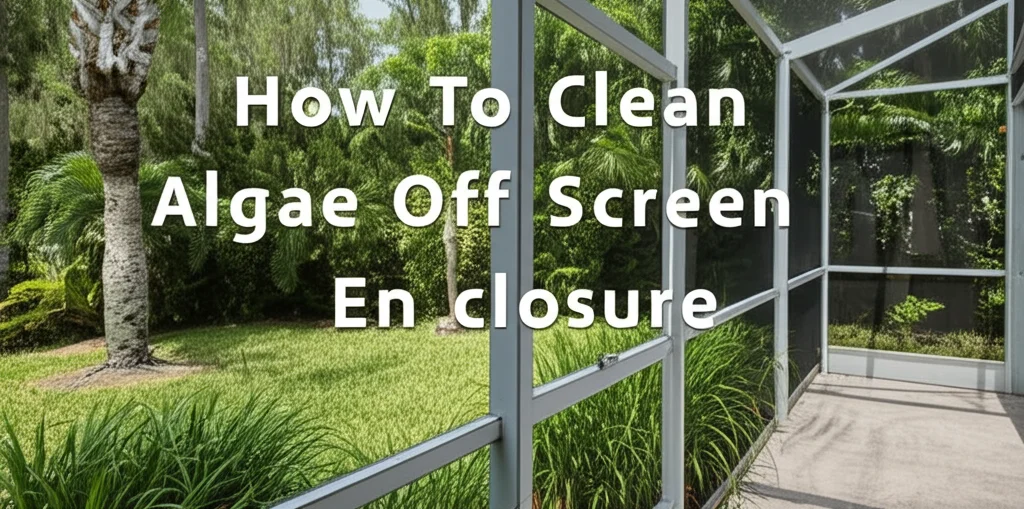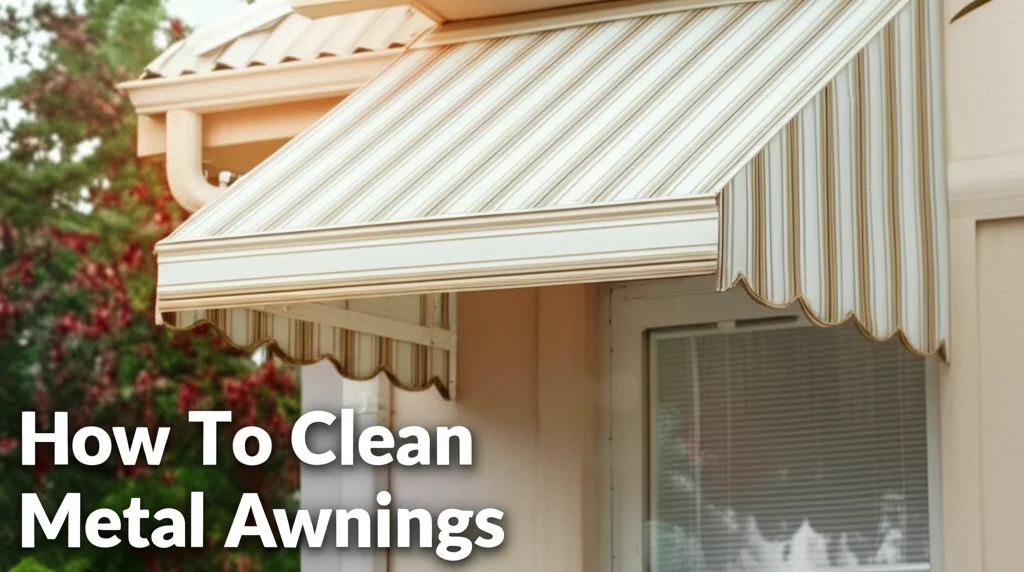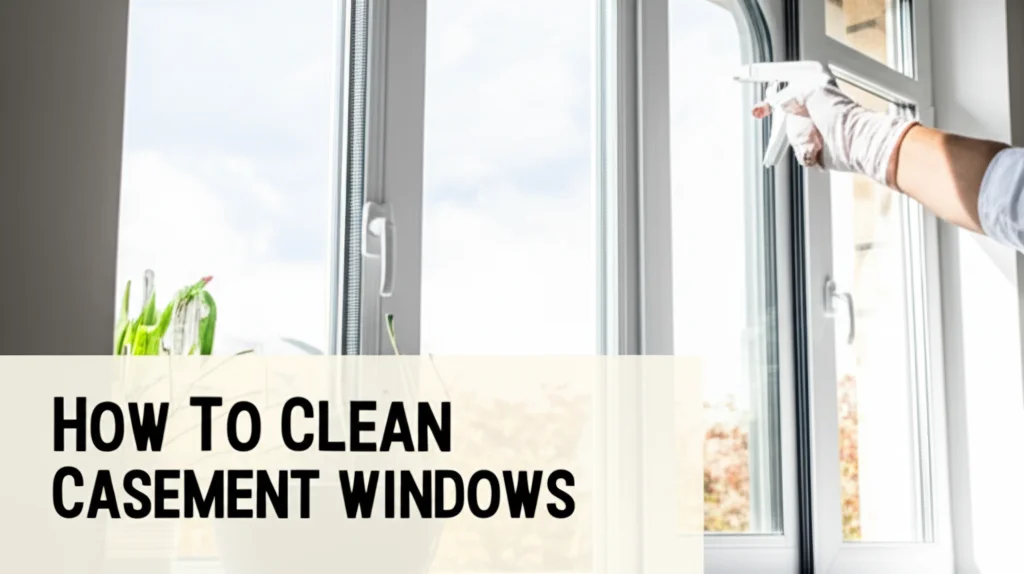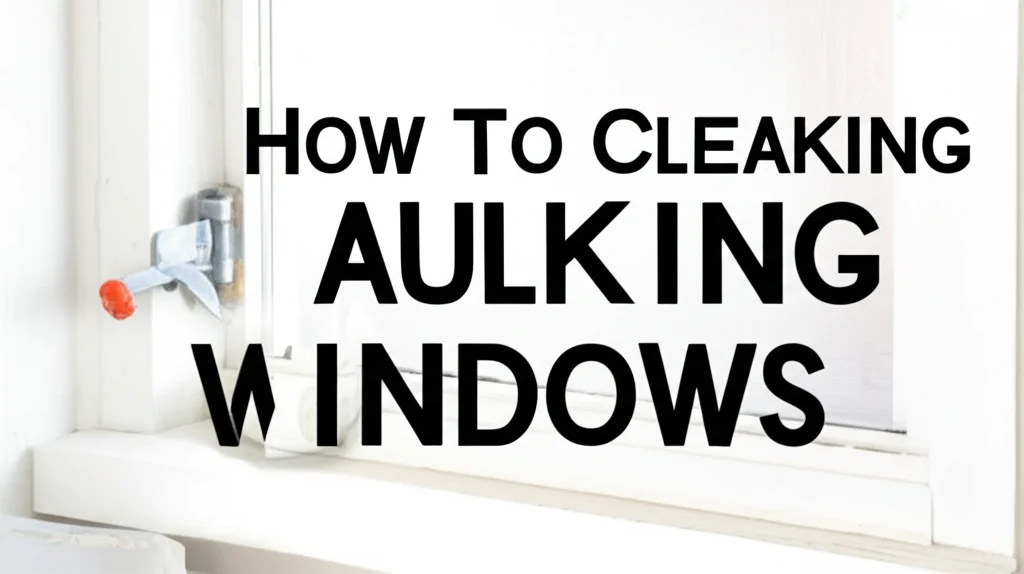· Home Improvement · 6 min read
How To Clean Dirty Concrete
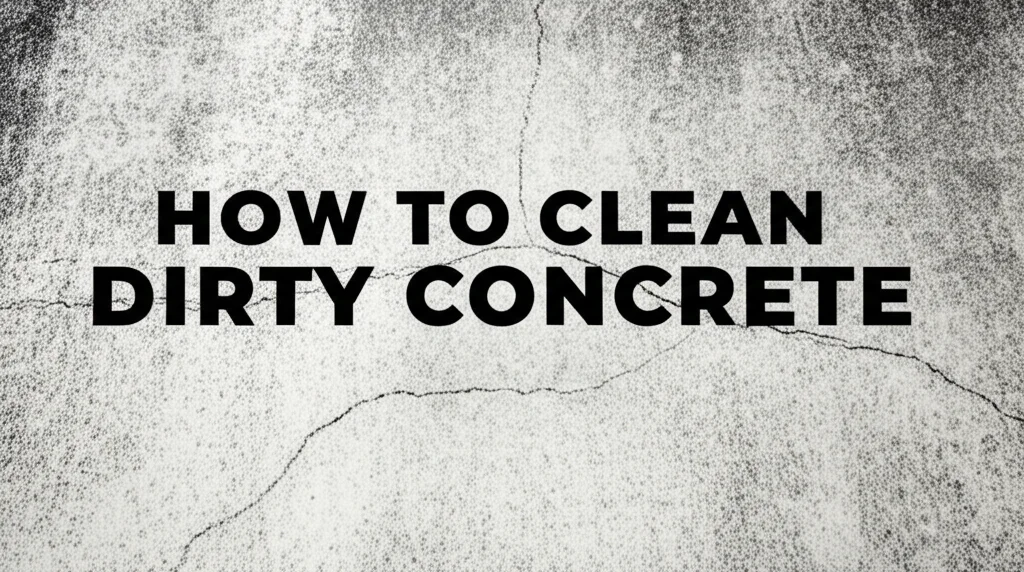
Revitalize Your Space: How To Clean Dirty Concrete
Is your concrete looking dull, stained, and generally worn down? Dirty concrete can really bring down the appearance of your home’s exterior. Fortunately, cleaning dirty concrete isn’t a daunting task. With the right tools and techniques, you can restore your concrete surfaces to their former glory. This article will guide you through various methods for cleaning dirty concrete, from simple DIY solutions to more powerful techniques like power washing. We’ll cover everything you need to know to tackle even the toughest grime and stains, leaving your concrete looking fresh and inviting.
Quick Answer: To clean dirty concrete, start by sweeping away loose debris. Then, scrub with a mixture of water and a concrete cleaner (or a DIY solution of baking soda and water). Rinse thoroughly with a garden hose or power washer, and repeat if necessary for stubborn stains.
Key Takeaways:
- Sweep or blow away loose dirt and debris.
- Choose the right cleaning solution for your specific type of dirt and stain.
- Scrub thoroughly and rinse well.
- Consider power washing for heavily soiled areas.
Understanding Concrete and Common Stains
Concrete is a porous material, meaning it has tiny holes that allow liquids and dirt to penetrate. This is why concrete gets dirty so easily! Knowing what causes the stains will help you choose the best cleaning method. Oil, grease, rust, mildew, and algae are common culprits. Different stains require different approaches, so identifying the source is the first step to effective cleaning. Understanding the type of concrete you have – sealed or unsealed – also impacts your cleaning choices. Sealed concrete is more resistant to stains and easier to clean.
The Power of Pressure: Using a Power Washer for Concrete
A power washer is a fantastic tool for cleaning large areas of dirty concrete quickly and efficiently. The high-pressure water stream blasts away dirt, grime, and even some stains. However, it’s important to use a power washer correctly to avoid damaging the concrete. Always start with a lower pressure setting and gradually increase it until you find the optimal level for your surface.
Power Washing Tips for Best Results
- Nozzle Selection: Use a wider nozzle (40-degree) for general cleaning and a narrower nozzle (25-degree) for stubborn stains.
- Distance: Maintain a safe distance (at least 8 inches) between the nozzle and the concrete surface.
- Motion: Use a sweeping motion to avoid etching the concrete.
- Safety: Wear safety glasses and closed-toe shoes.
If you’re unsure about using a power washer, consider renting one and watching some tutorial videos beforehand. You can find helpful resources online, and it’s better to be cautious than to cause damage.
DIY Concrete Cleaning Solutions: Simple and Effective
You don’t always need harsh chemicals to clean dirty concrete. Many effective cleaning solutions can be made with ingredients you likely already have at home. These DIY options are often more environmentally friendly and can save you money. Let’s explore some popular choices.
Baking Soda and Water: A Gentle Abrasive
Baking soda is a mild abrasive that can help lift dirt and grime without damaging the concrete. Mix baking soda with water to form a paste, apply it to the stained area, scrub with a stiff brush, and rinse thoroughly. This method is particularly effective for removing light stains and general dirt. It’s also a great option for sealed concrete, as it’s less likely to cause damage.
Vinegar and Water: Tackling Mildew and Algae
Vinegar is a natural disinfectant and can help kill mildew and algae. Mix equal parts vinegar and water, apply to the affected area, let it sit for 15-20 minutes, scrub, and rinse. Be cautious when using vinegar on unsealed concrete, as it can etch the surface. Always test in an inconspicuous area first. You can learn more about cleaning with vinegar on other surfaces here.
Dish Soap and Water: A Versatile Cleaner
Dish soap is a surprisingly effective concrete cleaner. Mix a few tablespoons of dish soap with a gallon of warm water, apply to the concrete, scrub, and rinse. This is a good option for general cleaning and removing grease and oil. It’s a gentle solution that’s safe for most concrete surfaces.
Dealing with Stubborn Stains: Specific Solutions
Sometimes, DIY solutions aren’t enough to tackle stubborn stains. Here’s how to address some common culprits:
Oil and Grease Stains
- Absorbent Material: Cover the stain with an absorbent material like kitty litter, cornstarch, or baking soda. Let it sit for several hours or overnight to absorb the oil.
- Degreaser: Apply a concrete degreaser according to the manufacturer’s instructions.
- Scrub and Rinse: Scrub the area with a stiff brush and rinse thoroughly.
Rust Stains
- Commercial Rust Remover: Use a commercial rust remover specifically designed for concrete.
- Lemon Juice and Salt: For lighter rust stains, try a paste of lemon juice and salt. Apply, let sit for 30 minutes, scrub, and rinse.
Mold and Mildew
- Bleach Solution: Mix one part bleach with three parts water. Apply to the affected area, let it sit for 10-15 minutes, scrub, and rinse thoroughly. Always wear gloves and eye protection when working with bleach.
- Commercial Mold Remover: Consider a commercial mold remover for more severe infestations. You can find more information on removing mold from other surfaces here.
Protecting Your Clean Concrete: Sealing and Maintenance
Once you’ve cleaned your concrete, it’s important to protect it from future stains and damage. Sealing your concrete creates a protective barrier that repels water and prevents dirt from penetrating. There are different types of concrete sealers available, including acrylic, epoxy, and polyurethane. Choose a sealer that’s appropriate for your specific needs and climate.
Regular Maintenance Tips
- Sweep Regularly: Sweep your concrete surfaces regularly to remove loose dirt and debris.
- Promptly Clean Spills: Clean up spills immediately to prevent staining.
- Re-seal as Needed: Re-seal your concrete every few years to maintain its protection.
FAQ: Your Concrete Cleaning Questions Answered
Q: Can I use bleach to clean concrete? A: Yes, you can use a diluted bleach solution (1 part bleach to 3 parts water) to clean concrete, but always wear gloves and eye protection. Be cautious on colored concrete, as bleach can cause fading.
Q: How often should I power wash my concrete? A: Generally, power washing your concrete once or twice a year is sufficient. However, you may need to do it more often if you live in an area with harsh weather or heavy foot traffic.
Q: Is it safe to mix cleaning chemicals? A: No, never mix cleaning chemicals. Mixing chemicals can create dangerous fumes and potentially explosive reactions.
Q: What’s the best way to clean oil stains from concrete? A: Absorb as much oil as possible with kitty litter or baking soda, then use a concrete degreaser and scrub thoroughly.
Conclusion: Enjoying Your Sparkling Clean Concrete
Cleaning dirty concrete doesn’t have to be a chore. By following these tips and choosing the right cleaning method for your specific needs, you can restore your concrete surfaces to their original beauty. Remember to sweep regularly, address spills promptly, and consider sealing your concrete for long-lasting protection. A clean concrete surface not only enhances your home’s curb appeal but also provides a safe and inviting outdoor space. Don’t hesitate to tackle this project – a little effort can make a big difference! If you’re looking for more cleaning tips for other surfaces, check out our guide on how to clean linoleum floors with ground-in dirt.

